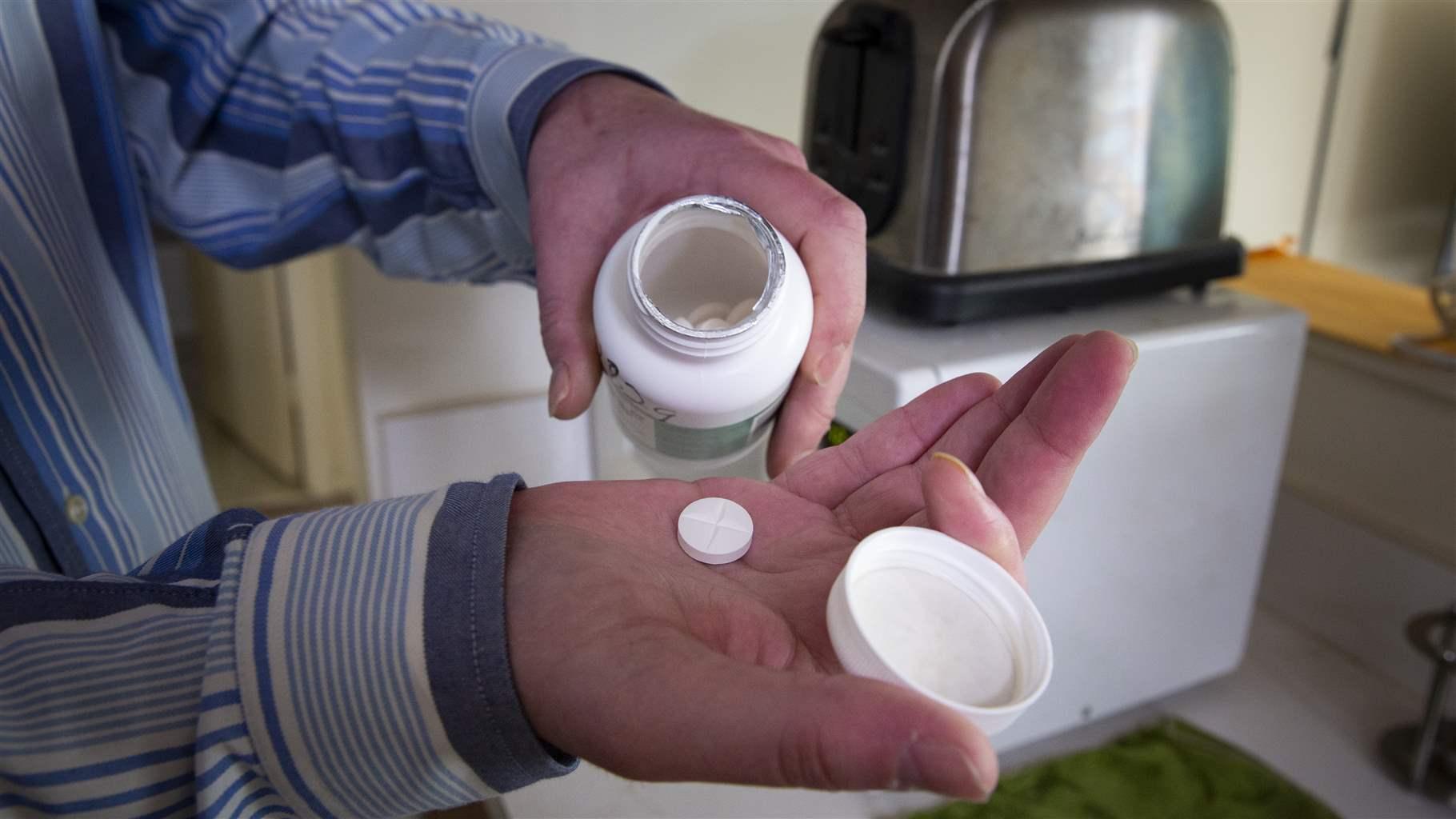A Better Way to Treat Opioid Use Disorder
Effective medications should always be available in state residential treatment facilities

People with opioid use disorder (OUD) are more susceptible to relapse during times of high stress, such as many are experiencing because of the COVID-19 pandemic. To make matters worse, the pandemic's disruptions to health care and social safety nets have combined with economic and social stress to contribute to reported spikes in overdose deaths. And even the 90,000 OUD patients in residential treatment facilities are at risk because the majority of these individuals lack access to medications proved to help manage the disease.
There is a way to meet this challenge: State and federal policymakers, along with insurance companies, can make lifesaving, FDA-approved medications more available in residential treatment programs and ensure access to these effective therapies.
Residential facilities have been slow to provide OUD drugs because Medicaid and private insurance companies have given priority to treatments that do not use medication. But the evidence is clear: Medication works, and patients who don't get it are at heightened risk for relapse, overdose and even death. Methadone, buprenorphine and naltrexone are considered the gold standard of care for OUD; they alleviate withdrawal symptoms and cravings, and they aid recovery by blocking the effects of opioids. Although the federal government has temporarily taken steps to help patients access these medications safely during the pandemic, more can be done.
First, states should require residential treatment facilities to offer medications for OUD. Health-care departments and policymakers could make that a condition of licensure, either with regulatory changes or, as Louisiana's lawmakers did in 2019, through legislation: Louisiana will require all residential facilities to offer on-site access to buprenorphine and naltrexone by Jan. 1, 2021, ensuring that patients with Medicaid, private insurance or no insurance can receive these medications.
Second, state Medicaid plans and other state-funded health insurance programs should cover only residential facilities that provide medication, so that public dollars support the most effective treatment. States could adopt Virginia's policy, which requires residential providers to demonstrate that at least a certain percentage of their patients receive medication, and also coordinate a transition to outpatient providers that can continue to offer the approved drugs post-discharge. Residential facilities have a powerful incentive to meet these kinds of requirements because their reimbursement rates are based on how well they comply. Private insurance companies could follow Virginia's policy.
Third, Medicaid and private insurers should institute financial incentives to improve OUD care, including increased payment rates to facilities that deliver on-site medication and reimbursement for care coordination services. The latter is an evidence-based model in which patient-care activities are organized and shared among all treatment providers concerned with that individual's care. Establishing a clear monetary incentive can help build capacity to expand treatment and greatly increase the number of doctors and other caregivers available to treat patients with approved medications.
Data shows that these approaches work. In 2017, Virginia's Medicaid agency developed the Addiction and Recovery Treatment Services (ARTS) benefit to increase payment to outpatient providers and encourage them to accept more patients. Specifically, the state increased its reimbursement rates to providers that offer buprenorphine, and it pays outpatient providers to conduct care coordination for patients with moderate to severe OUD.
Since the program was created, Virginia has seen a significant increase in providers offering approved medications to Medicaid patients, and the number of residential treatment facilities offering them has increased from four to 88. Furthermore, the number of physicians offering outpatient OUD treatment to patients with Medicaid increased by 358 percent in the year ending March 31, 2018. And since the ARTS program was implemented, OUD-related emergency-department visits have decreased by 32 percent while acute-care hospital admissions have declined by 30 percent among Medicaid recipients.
Finally, at the federal level, the Substance Abuse and Mental Health Services Administration should require states, as a condition for receiving Substance Abuse Prevention and Treatment Block Grant program funds, to direct funding to residential facilities that offer medications onsite. Congress could put the same requirement in place for federal funds allocated for states to treat OUD.
State and federal policymakers and insurance providers must ensure that patients, no matter where they receive care, have access to evidence-based treatment for OUD. The opioid overdose crisis is far from over, and patients need access to effective, proven care now.
Ian Reynolds is a manager and Andrew Whitacre is an associate manager of the Substance Use Prevention and Treatment Initiative at The Pew Charitable Trusts.
This article was originally published in Governing.








